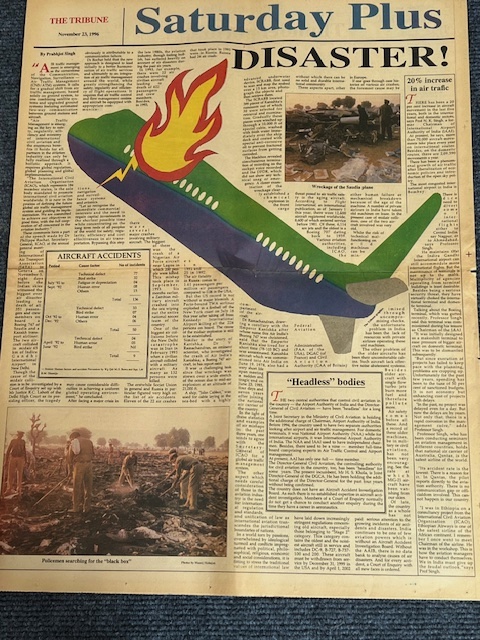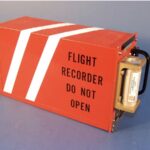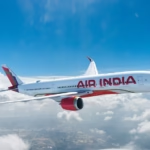Air disasters are catastrophic, each one unfolding a unique horror story that leaves victims, aviation experts, and the general public grappling with the same haunting question: could it have been prevented? And if so, why wasn’t it? Fact-finding missions or inquiries often serve as a subtle way to downplay the magnitude and gravity of these unprecedented disasters, triggered by momentous and tragic errors – whether human, mechanical, or natural.
Over my fifty years in journalism, I have witnessed some of the world’s most devastating air disasters. Among them, the bombing of the Kanishka (a Boeing 747-237 operated by Air India) on June 23, 1985, remains the most tragic disaster involving a single aircraft. All 307 passengers and 22 crew members aboard perished as the plane disintegrated mid-air.
Another catastrophic incident took place on November 12, 1996, when a Boeing 747 of Saudi Arabian Airlines Flight 763 collided mid-air with a Kazakhstan Airlines Ilyushin IL-76 (Flight 1907) over Charkhi Dadri near Delhi, claiming 349 lives.
While the world mourned the 40th anniversary of the Kanishka bombing, yet another aviation horror was unfolding. Air India Flight AI 171, carrying 242 people including crew, crashed into a medical college hostel shortly after takeoff from Ahmedabad International Airport. Only one passenger miraculously survived. The Boeing 787-8 Dreamliner also claimed 39 lives on the ground.

In addition to covering these tragedies, I was closely involved with an international symposium on air disasters held in November 1996. The Tribune, North India’s leading newspaper, featured my report as a front-page story. The symposium, conceptualized by Air Commodore J. S. Kalra, then Air Officer Commanding of 3 Base Repair Depot, and Prof. D. K. Sharma of the Department of Civil Aviation at Punjab Engineering College, brought together top civil and military aviation experts for several high-level discussions.
Strikingly, the conclusions drawn at that symposium 29 years ago remain as relevant today as they were then.
In the wake of the Ahmedabad crash, experts are divided on what may have caused the tragedy. The “black box” from the doomed aircraft, often referred to as the “magic box” or “know-all,” has been sent to the United States for analysis.
A complex and potentially controversial verdict from black box analysts may leave the cause shrouded in ambiguity for years. Although early theories suggest a “double engine failure,” the aviation industry is hesitant to accept this explanation outright, particularly as this marks the first such major incident involving a Boeing Dreamliner in over a decade of service.
As debate continues over the causes of aviation disasters and the reliability of civil aviation, the world’s safest and fastest mode of travel, Air India’s CEO and Managing Director Campbell Wilson issued a letter to members of the airline’s Maharaja Club loyalty program.
“We are reaching out with heavy hearts following the tragic crash of Air India Flight AI171 on June 12, 2025. The loss of 241 passengers and crew members, along with 34 people on the ground, has left us all in deep sorrow,” Wilson wrote. “Words cannot express the pain we feel for the families and loved ones affected by this devastating event. We are fully committed to doing all we can to support the families impacted and are also working closely with authorities to understand the cause of this tragedy. Our thoughts are with everyone touched by this loss.”
Passenger safety, he emphasized, has always been Air India’s highest priority since its privatization in 2022. To provide clarity, he also shared key details about Flight AI171.
The aircraft was piloted by Captain Sumeet Sabharwal, a seasoned aviator and trainer with over 10,000 hours of experience flying wide-body aircraft. First Officer Clive Kunder had logged over 3,400 hours of flying time. The Dreamliner was well-maintained, with its last major check conducted in June 2023 and the next scheduled for December 2025.
“Its right engine was overhauled in March 2025, and the left engine was inspected in April 2025. Both the aircraft and engines were regularly monitored, showing no issues before the flight,” he added. “These are the facts as we know them today. We, together with the entire aviation industry, await the official investigation report to understand more.”
Following a directive from the Directorate General of Civil Aviation (DGCA) on June 14, 2025, Air India has initiated comprehensive safety inspections across its fleet of 33 Boeing 787 aircraft. Of these, 26 have completed checks and been cleared for service, he added. The remaining aircraft are undergoing planned maintenance and will also receive these additional inspections before returning to operation. The DGCA has confirmed that Air India’s Boeing 787 fleet and maintenance protocols meet all required safety standards.
“As a confidence-building measure, we have elected to continue enhanced pre-flight safety checks on our Boeing 787 fleet and, as an added measure, our Boeing 777 aircraft, for the time being,” Wilson noted. “Given the time these additional checks will consume and the potential impact on schedules, we have decided to reduce our international widebody flights by around 15 per cent starting June 20, 2025, through to at least mid-July. This will also allow us to have more backup aircraft ready to handle any unexpected issues.”
He acknowledged that this temporary reduction may disrupt passengers’ travel plans and expressed regret for any inconvenience caused. “If your flight is affected, we will contact you to offer rebooking at no extra cost or a full refund. We will share the updated international flight schedule within the next few days,” he added.
“This is a challenging time for all of us. We are grateful for your support and your understanding that safety must always come first. Your trust means everything to us, so if you have any questions or need assistance, please don’t hesitate to contact us through our customer support channels,” he said in what appears to be the first public statement made officially by the management of Air India.
– To be concluded
Disclaimer: The opinions and views expressed in this article/column are those of the author(s) and do not necessarily reflect the views or positions of South Asian Herald.


![IMG_8161[3].jpg](https://southasianherald.com/wp-content/uploads/2025/06/IMG_81613.jpg.jpeg)



